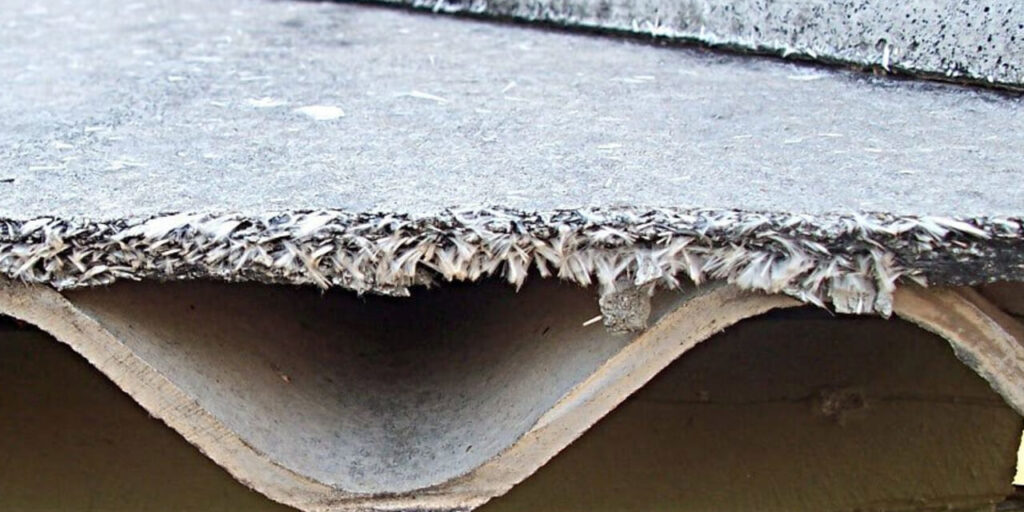Asbestos is a building material that, if inhaled, kills around 5,000 workers each year. This is more than the number of road accident fatalities. Approximately 20 tradesmen succumb to asbestos-related illnesses each week due to previous exposure. This problem is not a thing of the past; asbestos can still be found in any building built or renovated before 2000.
Tiny fibres are released into the air when asbestos materials are disturbed or damaged. As one inhales the fibres, the resulting disorders can be severe and may take years to manifest. Regrettably, the probability of successful treatment is often negligible by the time they are detected.
Consequently, adopting preventative measures to ensure one’s well-being is crucial. Asbestos exposure can result in numerous critical and mortal infirmities, including mesothelioma, which afflicts the pleura, the lining of the lungs, and the peritoneum, the lining encompassing the lower digestive tract.
Another disease related to asbestos exposure is lung cancer. This condition is the same as lung cancer caused by smoking or other factors, and it is estimated there is approximately one lung cancer case for each mesothelioma-related death.
Asbestosis is a severe scarring disease of the lungs that typically develops after prolonged exposure to asbestos over many years. This illness can result in shortness of breath and, in extreme cases, may be fatal
Finally, pleural thickening, usually caused by heavy exposure to asbestos, involves the thickening and swelling of the lining of the lung (pleura).
Where is Asbestos Typically Found?
Until the 1990s, asbestos was widely used in the building trade, shipbuilding, and automotive industries. Asbestos was formerly used in some of the following items:
- Boilers and heating containers
- Cement piping
- Clutch, brake, and transmission parts
- Conduits for electrical wiring
- Corrosive chemical containers
- Electric motor parts,
- Heat-protective padding
- Pipe insulation
- Roofing materials
- Sealants and coatings
- Insulation products
- Some Textiles
Remember, this list is not exhaustive. Before renovating or demolishing a part of a building, a professional company should make an asbestos risk assessment.
Who Is At Risk?
Plumbing, roofing, painting and decorating, plastering, construction, fire and burglar alarm installation are all trades that may involve disturbing asbestos. Other potentially dangerous jobs include shop fitting, gas fitting, computer and data installation, home maintenance, telecommunications, architecture, building surveying, and cable laying. All these trades carry a certain amount of risk.
You are at risk if you need to learn how to recognize and work safely with asbestos or when you have not received appropriate information, instruction, and training. You are most at risk when working on a building built before 2000, on an unfamiliar site, and if professionals need to identify asbestos-containing materials before the job starts.
Asbestos is only dangerous when fibres are made airborne and breathed in. It is important to remember that you can’t see or smell asbestos fibres in the air, and their effects take many years to show up. People who smoke and are exposed to asbestos fibres are at a greater risk of developing lung cancer. If the asbestos is in good condition and located somewhere it cannot be easily damaged, it shouldn’t be a risk to you.


